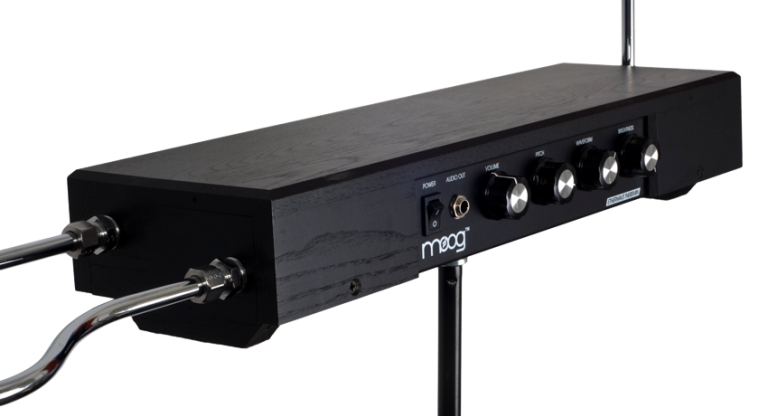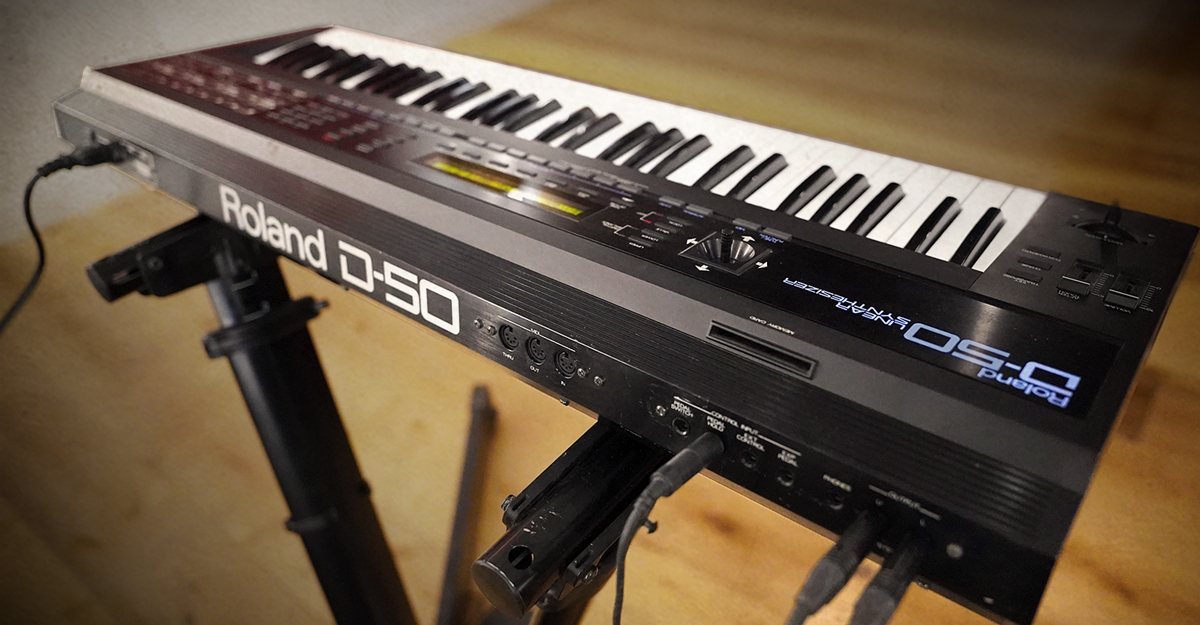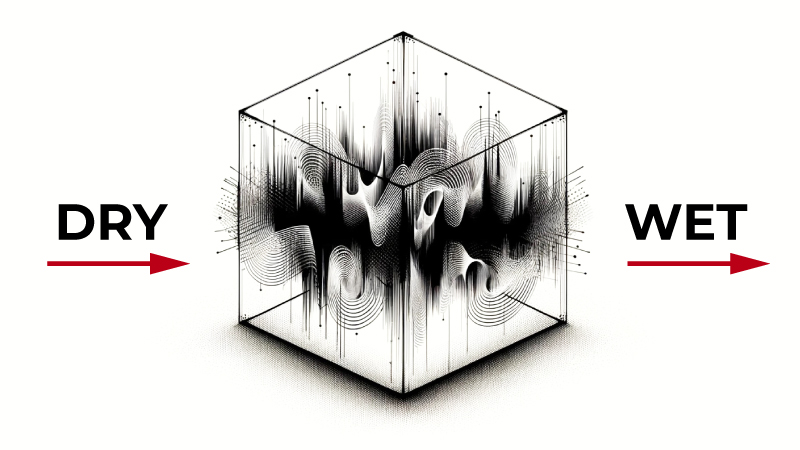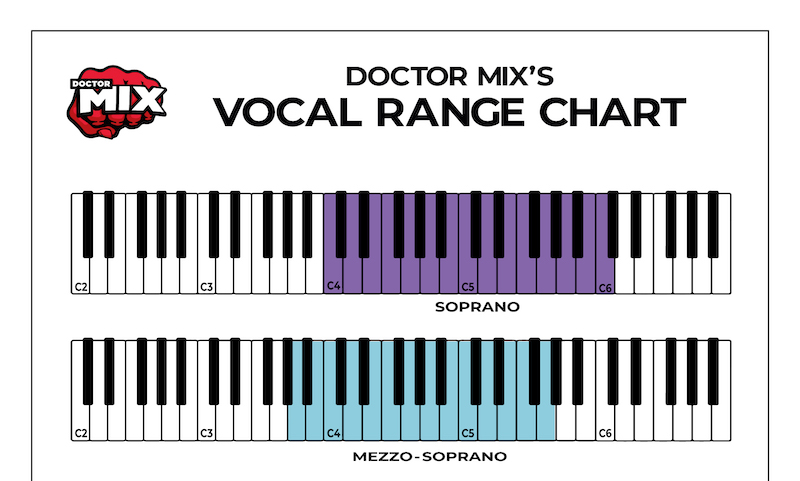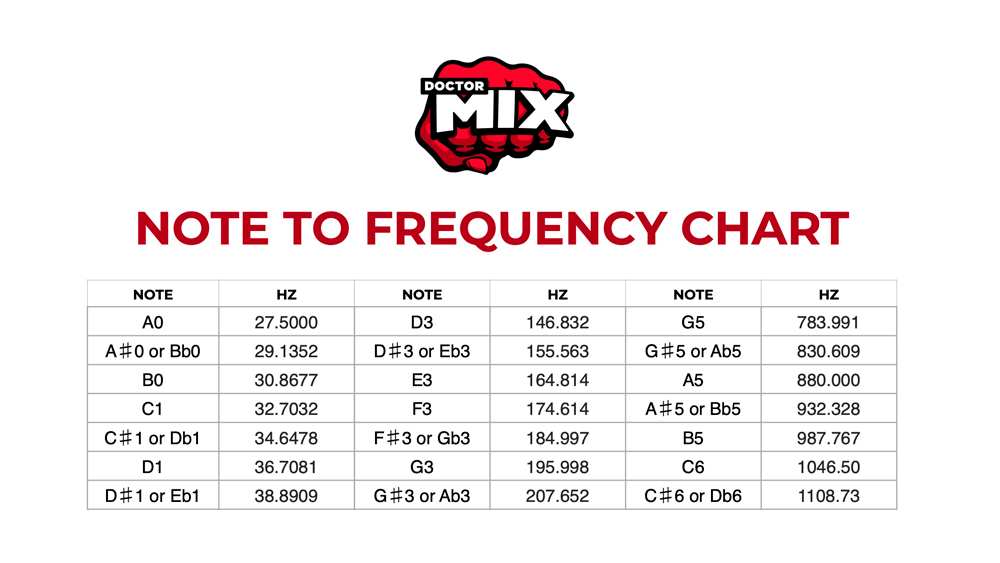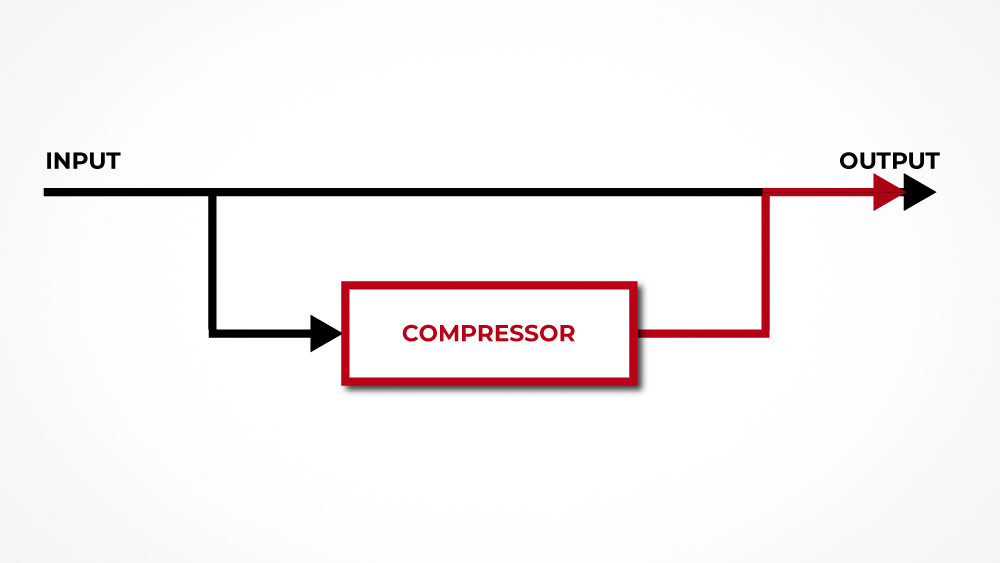How To Make The Kick Drum Punchy
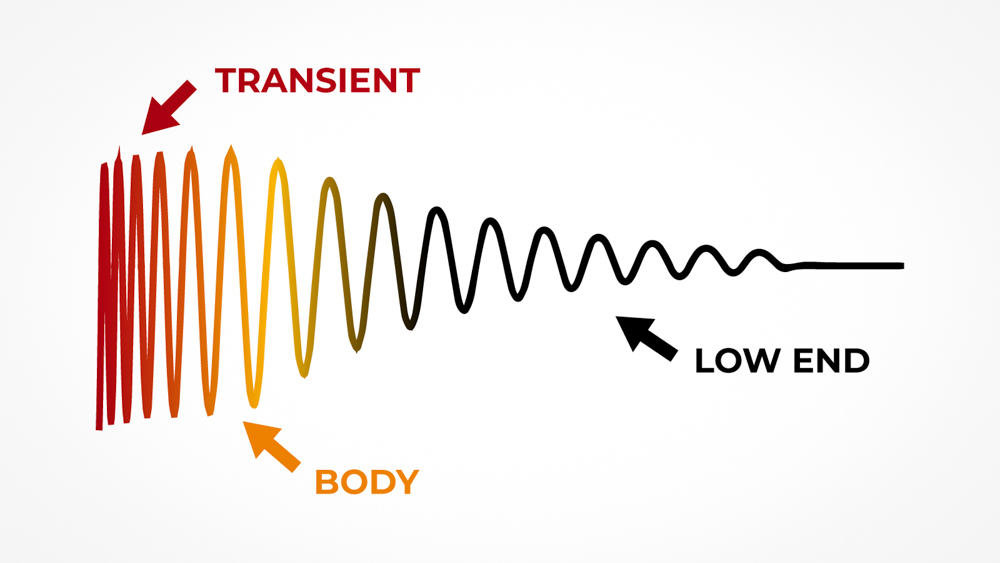
Do you know why most commercial records have such big and punchy kick drum? Have you ever tried to match that sound… but struggled to get even close? If so then you really, really want to read on.
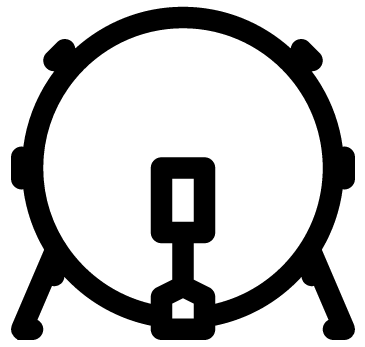
Punchy Kick Rule N.1 – Low End Energy
The low end of a sound is the part that carries the most energy in a mix, crucial for achieving that punchy kick drum sound. Let me give you an example: have you ever been to a rock concert? Have you noticed how you can really feel the kick and bass in your chest? That’s because the low end has literally a lot of energy! And subsequently, it requires a lot of energy to be reproduced.
Now, in a mix, you only have so much space for all that energy, so… what to do? Remove the low end from the rest of the mix! Give space to the low end from the kick and bass to move through the mix freely, without anything else in the way, ensuring your kick drum sounds as punchy as intended.
To do this, you have to filter out the low end from every channel in your mix… except for the kick and bass. Then set the levels and EQ of the kick and bass so that they don’t get into each other’s way, optimizing for a punchy kick drum that cuts through the mix.
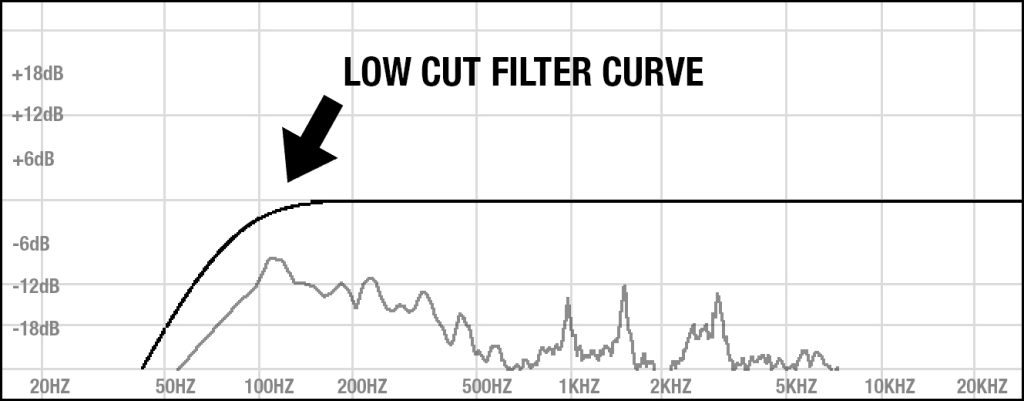
Punchy Kick Rule N.2 – Push The Mid Range
Contrary to what most people think, the bass drum is not all about the low end. As with any other sound, the most intelligible part of the kick drum is the mid-range. Why? It’s because of the Fletcher-Munson curve.
Let me explain: our ear canals resonate more around 1 kHz to 3 kHz depending on the size of our head (and other variables). This results in a volume “bump” in the mid frequencies in our ears. In other words, this means that humans can hear the mid-range better than other parts of the audible spectrum.
For this reason, if you push gently the mid-range of a kick drum, you’ll be able to hear it a lot better! No need to make the whole kick louder, just a gentle push between 1k and 3k. This is one of the things professional mix engineers like us refer to when they say “Perceived Loudness”.
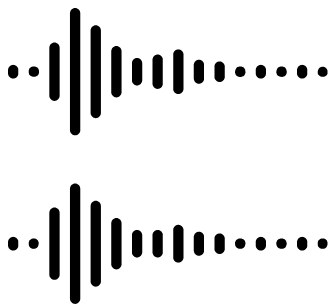
Punchy Kick Rule N.3 – Sample Layering
You can try to equalize, compress, and saturate the kick drum all you want in the attempt to make it cut through the mix. But sometimes, your kick sound is just too weak to begin with.
You still have one option at your disposal: reinforcing the kick with a new sample! This technique is also known as Sample Layering, and it consists of applying a kick sample to play along with the original kick. In some styles, sample layering is almost mandatory, like in Metal, for example, but it’s also widely used in Pop and Dance music to make the kick “larger than life”.
Our favorite method to do this at Doctor Mix (as part of our Rhythm Edit Option) is to use Steven Slate’s Trigger, due to its vast selection of great drum samples, and because it’s excellent at maintaining phase coherence between sounds.
Sample layering allows you to maintain the flavor of the original kick sound while adding a lot of power, in order to make the air move properly when the kick hits.
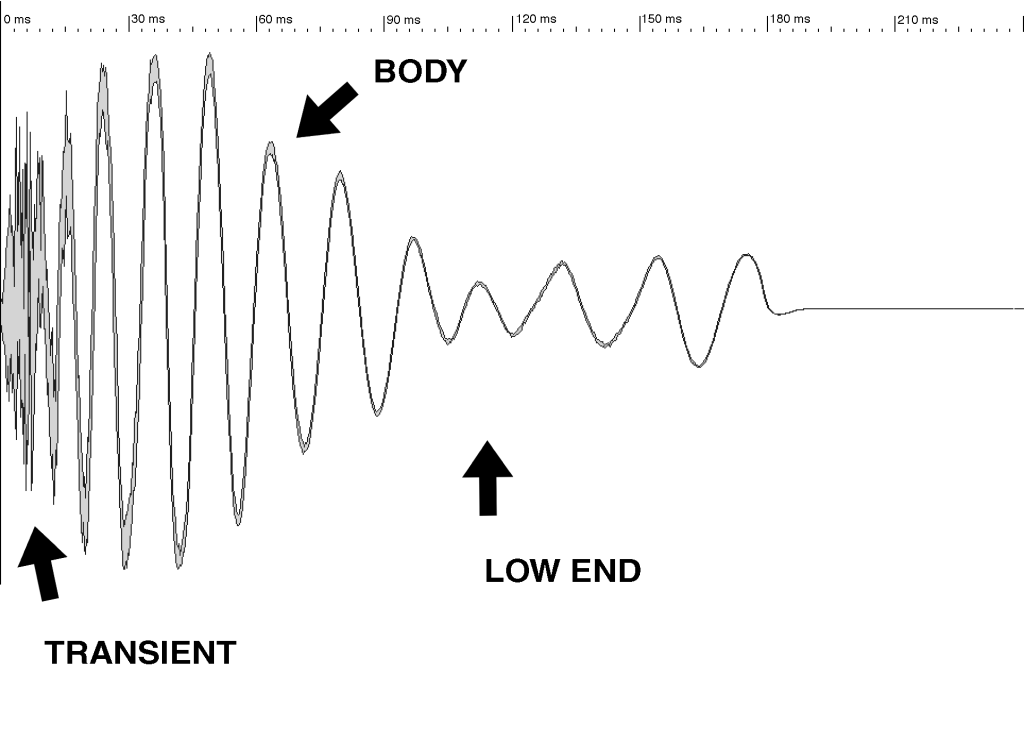
Here are a few videos were I explain a bit more about mixing the Kick:
Parallel Compression: Kick & Snare With The Distressor
How to Mix The Kick Drum
Kick Drum Explained
Sine Wave To Your Kick – Weekly Injection #09
How to Make the Kick Sound Better? | In the Studio | Thomann
Love,
Claudio & The Doctor Mix Team

